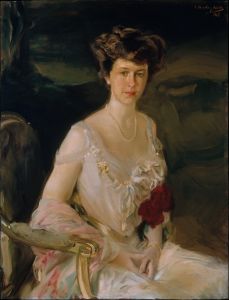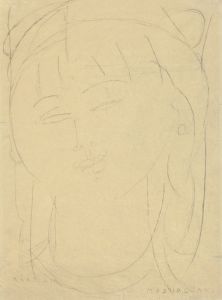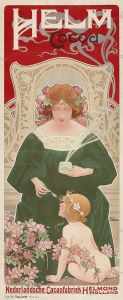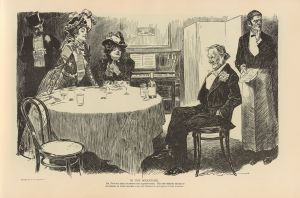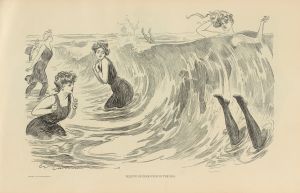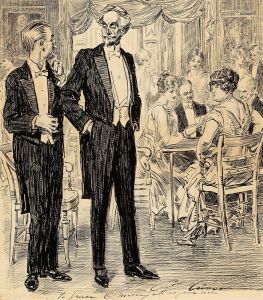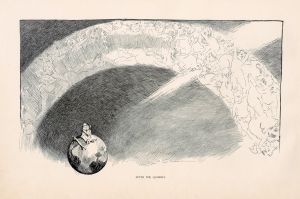
Madame Réjane
A hand-painted replica of Charles Dana Gibson’s masterpiece Madame Réjane, meticulously crafted by professional artists to capture the true essence of the original. Each piece is created with museum-quality canvas and rare mineral pigments, carefully painted by experienced artists with delicate brushstrokes and rich, layered colors to perfectly recreate the texture of the original artwork. Unlike machine-printed reproductions, this hand-painted version brings the painting to life, infused with the artist’s emotions and skill in every stroke. Whether for personal collection or home decoration, it instantly elevates the artistic atmosphere of any space.
Charles Dana Gibson was an American illustrator best known for his creation of the "Gibson Girl," an iconic representation of the American woman at the turn of the 20th century. Among his many works, "Madame Réjane" stands out as a notable illustration, capturing the likeness of the famous French actress Gabrielle Réjane.
Gabrielle Réjane, born Gabrielle Charlotte Réju in 1856, was a celebrated French stage actress known for her comedic talent and vibrant personality. She gained significant popularity in the late 19th and early 20th centuries, performing in numerous plays and becoming a prominent figure in the Parisian theater scene. Her fame extended beyond France, as she toured internationally, including performances in London and New York, further solidifying her status as a leading actress of her time.
Charles Dana Gibson's illustration of Madame Réjane is a testament to his skill in capturing the essence of his subjects. While Gibson is primarily associated with the "Gibson Girl," his portfolio includes a wide range of illustrations that depict various aspects of society and notable personalities. His work is characterized by its detailed linework and the ability to convey character and emotion through expressive facial features and posture.
The illustration of Madame Réjane likely reflects Gibson's interest in the theater and his appreciation for the arts. During the late 19th and early 20th centuries, theater was a significant cultural force, and actresses like Réjane were akin to modern-day celebrities. By illustrating such figures, Gibson not only showcased his artistic talent but also engaged with the cultural zeitgeist of his era.
Gibson's work, including "Madame Réjane," was typically published in popular magazines of the time, such as Life and Harper's Weekly. These publications were widely read and played a crucial role in shaping public opinion and taste. Illustrations like Gibson's were instrumental in bringing the world of theater and its stars into the homes of the general public, bridging the gap between high culture and everyday life.
The style of Gibson's illustrations, including "Madame Réjane," is marked by its elegance and sophistication. His use of pen and ink allowed for precise detail, capturing the nuances of expression and attire. This attention to detail is evident in the way he portrayed Réjane, highlighting her distinctive features and the fashionable clothing of the period.
While specific details about the creation and publication of "Madame Réjane" by Charles Dana Gibson are limited, the illustration remains an example of his broader body of work that celebrated and documented the cultural icons of his time. Through his art, Gibson not only entertained but also provided a visual commentary on the society and personalities that shaped the early 20th century.
In summary, "Madame Réjane" by Charles Dana Gibson is an illustration that captures the likeness of a prominent French actress, reflecting Gibson's artistic style and the cultural milieu of the period. His work continues to be appreciated for its historical significance and artistic merit, offering insights into the social and cultural dynamics of the era.





